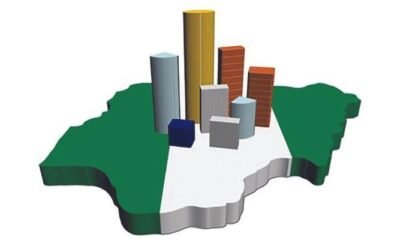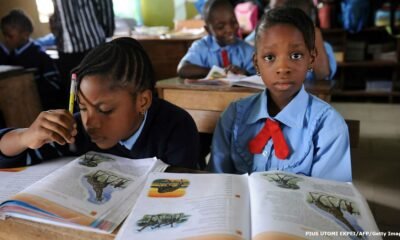Business
Mobile Money Adoption In Africa Surges Three Times The Global Average – World Bank

By Tolulope Oke
According to the World Bank’s “2021 Global Findex 2021 Report,” which was published yesterday, mobile money adoption in Sub-Saharan Africa has increased to the point that 33% of adults now have an account, which is three times the 10% global average.
Despite the fact that mobile money services were initially created to enable people to send money to friends and family who lived outside of the country, adoption and usage have expanded beyond those origins, and in 2021, 3 out of 4 mobile account owners made or received at least one payment that was not person-to-person, and 15% of adults used their mobile money account to save.
World Bank explained there are opportunities to increase account ownership in the region, including digitalizing cash payments for the 65 million adults who don’t have accounts but receive payments for agricultural goods and increasing the number of mobile phone owners since a lack of a phone is cited as a barrier to the adoption of mobile money accounts.
Accordingly, adults in the region worry more about paying school fees than adults in other regions, providing chances for policies or products to promote education-oriented savings.
Meanwhile, the global financial institution revealed that Nigeria is one of the seven nations, or 1.7 billion people, that make up half of the world’s unbanked population.
It stated “globally, about 1.7 billion adults remain unbanked — without an account at a financial institution or through a mobile money provider. Because account ownership is nearly universal in high-income economies, virtually all these unbanked adults live in the developing world. Indeed, nearly half live in just seven developing economies: Bangladesh, China, India, Indonesia, Mexico, Nigeria, and Pakistan.
“Fifty-six percent of all unbanked adults are women. Women are overrepresented among the unbanked in economies where only a small share of adults are unbanked, such as China and India, as well as in those where half or more are, such as Bangladesh and Colombia.
“Poor people also account for a disproportionate share of the unbanked. Globally, half of unbanked adults come from the poorest 40 percent of households within their economy, the other half from the richest 60 percent. But the pattern varies among economies.
“In those countries where half or more of adults are unbanked, the unbanked are as likely to come from a poorer household as from a wealthier one. In economies where only about 20–30 percent of adults are unbanked, however, the unbanked are much more likely to be poor.



























